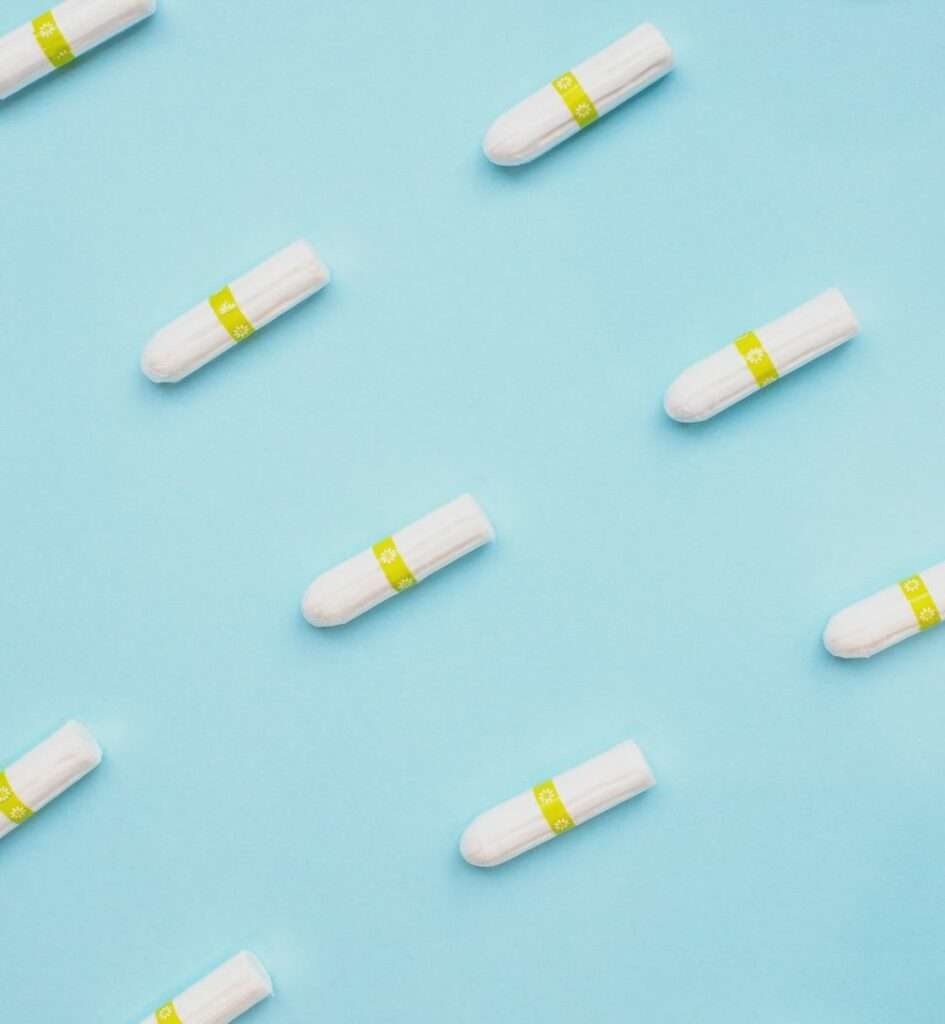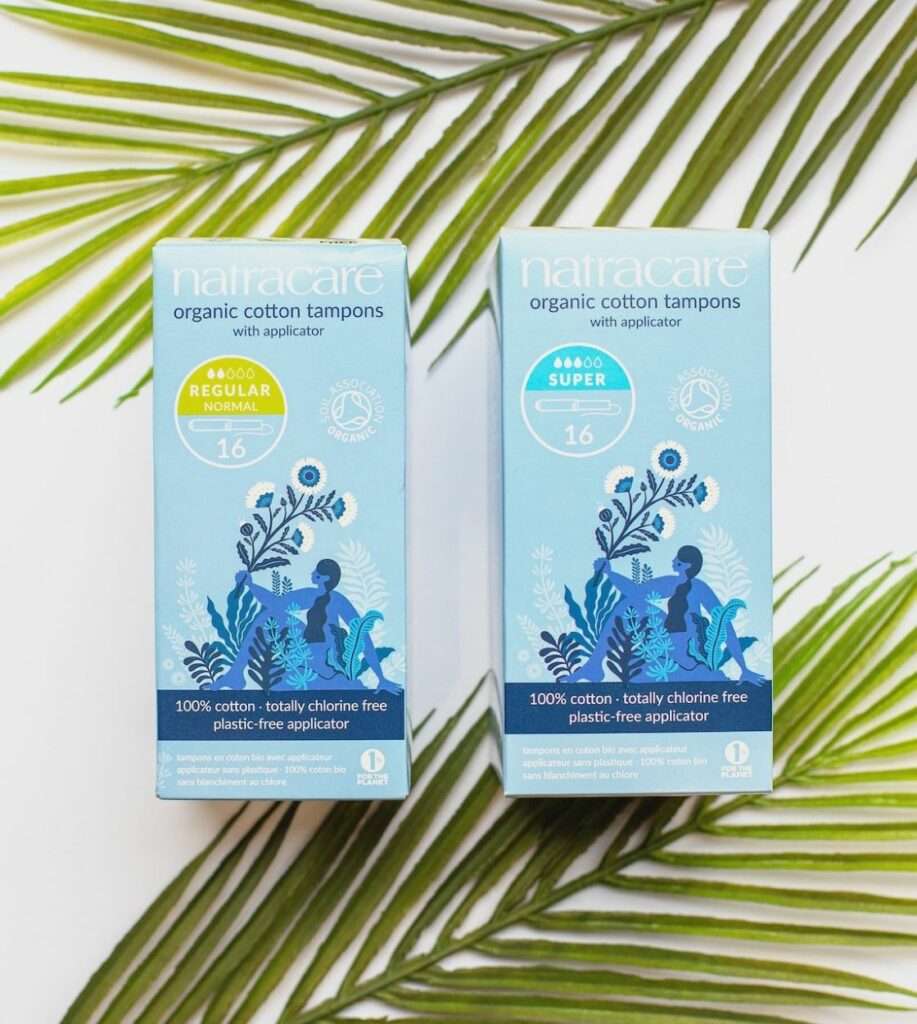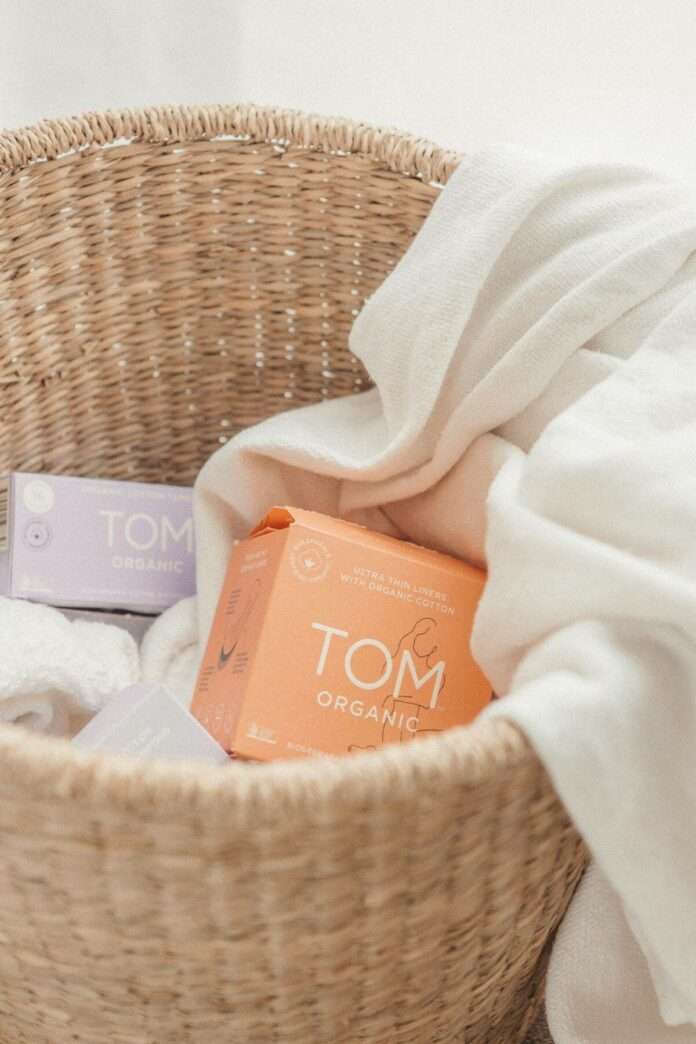Organic tampons and other menstrual products are widely touted as being healthier and better for the environment. Here’s how they stack up.
Let’s talk periods. More specifically, tampons.
From her first menstrual cycle to the onset of menopause, the average woman will use about 9,120 tampons in her lifetime. (For heavier flows, the amount is upwards of 13,000.) And since the absorbent plugs spend a lot of time wedged inside the body, women deserve to know what’s lurking in their tampons. Period.
From synthetic fibers and artificial fragrances to chemical additives and plastics — tampons could be harboring more harmful ingredients than good.
For a non-toxic period, many women have switched to more natural options like organic tampons. Widely touted as the healthier and more sustainable option, how much better are they compared to regular tampons? And should women consider making the switch?
What are tampons made from?
From the use of rags to that of sea sponges, menstrual products have certainly evolved over the years.
In ancient Egypt, resourceful women used papyrus to staunch their flow. Across the Mediterranean Sea in Rome, women fashioned pads out of wool. And in Indonesia, women opted for vegetable fibers to absorb blood during that time of the month.
It wasn’t until 1931 that Colorado physician Earle Haas patented the first applicator tampon, which he marketed as “Tampax.” (Flax gauze tampons were available before that in the 1920s, however, they didn’t have applicators or strings.)

Fast forward to today and there are a plethora of tampon products widely stocked on store shelves.
To be sold in the U.S., tampons must be cleared as “safe and effective” by the Food and Drug Administration (FDA), which regulates them as medical devices. Tampons must be made from cotton, rayon, or a blend of both, and manufacturers must submit testing results on the safety of the materials used to make them.
However, one look at the ingredients list on the back of a tampon box is enough to make anyone pause.
Toxic chemicals in tampons
A 2018 study by the environmental group Women’s Voices for the Earth found toxic ingredients lurking in several popular tampon brands.
“The potential impact of toxic chemical exposure from tampons on health is significant because they are worn internally, with direct contact to some of the most sensitive and absorptive skin on a woman’s body,” Alex Scranton, the group’s Director of Science and Research, wrote in a blog post.
She added: “Despite the widespread use of tampons by numerous women, relatively little research has been conducted to assess the health impacts of chemical exposure from these products.”
Take a box of Tampax Pearl tampons, for example. The ingredients list includes the basics — rayon and cotton. But it also features polypropylene, polyethylene, polyester, glycerin, paraffin, ethoxylated fatty acid esters, PEG-100 stearate, and titanium dioxide. Let’s break this list down further, shall we?
Derived from petroleum, paraffin — a wax that keeps tampon strings clean — has been found to contain known carcinogens like toluene and benzene. Although they’re “practically” non-toxic, ethoxylated fatty acid esters are minor skin irritants.
The emollient PEG-100 stearate, which helps tampon fibers wick fluid, is made using the carcinogen ethylene oxide. Its by-product, 1,4-dioxane, has been linked to breast and uterine cancers. And while the verdict is still out on whether or not titanium dioxide — which is used to make tampons look whiter — is carcinogenic in humans, studies have shown it causes lung cancer in animals.
Scented tampons feature much the same ingredients in addition to fragrance chemicals like phthalates, which are found in plastic applicators, too. Known endocrine disruptors, studies have linked phthalates to a host of health issues, such as asthma, diabetes, and even breast cancer.
According to Dr. Stephanie Hack, MD/MPH, an OB/GYN and founder of the women’s health platform Lady Parts Doctor, these chemicals are found in relatively minor amounts.
“As far as we know, the amounts of these chemicals in non-organic brands are very small and unlikely to impact your health,” she tells Ethos. “However, more research is needed. When in doubt, it’s better to avoid additional chemical exposure if possible.”
Are organic tampons better?
Made from 100 percent organic cotton, organic tampons are typically free from the icky stuff — pesticides, fragrances, and dyes. But that doesn’t always mean they’re toxin-free.
Similar to regular tampons, organic tampons may still contain trace amounts of titanium dioxide — which the FDA says is safe in regulated amounts — and other chemicals.
“Organic tampons may result in less exposure to potentially harmful chemicals than non-organic tampons,” Dr. Hack explains. “Many organic tampon brands claim not to have BPA, dyes, pesticides, chlorides, and other endocrine-disrupting chemicals.”

So, are organic tampons better? Although they may decrease exposure to toxic ingredients, they do still run the risk of Toxic Shock Syndrome, a life-threatening bacterial infection that can be caused by an overgrowth of bacteria in women wearing tampons.
And, even though they’re marketed as natural, not all organic menstrual products are entirely waste-free. Some organic tampons and pads still come wrapped in single-use plastics, such as Tampax Pure Cotton and Veeda 100% Natural Cotton.
For a plastic-free period, opt for organic tampon brands like Rael and O.B. Organic instead.
All in all, when it comes to using organic tampons, it’s a simple matter of personal choice. “I recommend women use whatever they feel comfortable using,” says Dr. Hack. “From disposable to reusable products there are so many options, and it’s often very personal.”
Related on Ethos:
- Period Undies Made From Recycled Plastic Plus 10 More Sustainable Menstrual Products
- 7 Sustainable Underwear Brands: From Ethical Boxers to Eco Bikinis for All Body Types
- 10 Sustainable Wellness Trends Making You and the Planet Healthier In 2023
All products featured on Ethos have been independently selected by our editorial team.
When you buy something through our links, Ethos may earn an affiliate commission.


